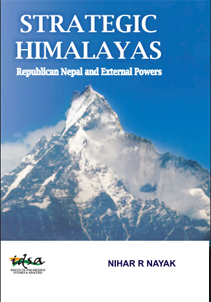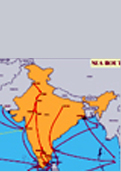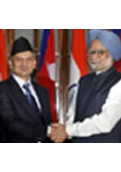India’s Humanitarian Assistance and Disaster Relief Effort in Nepal
There is widespread commitment in India for Nepal’s reconstruction. India’s provision of reconstruction assistance to Nepal must be worked out as a long term strategy.
- Ravi Pandalai
- May 18, 2015











